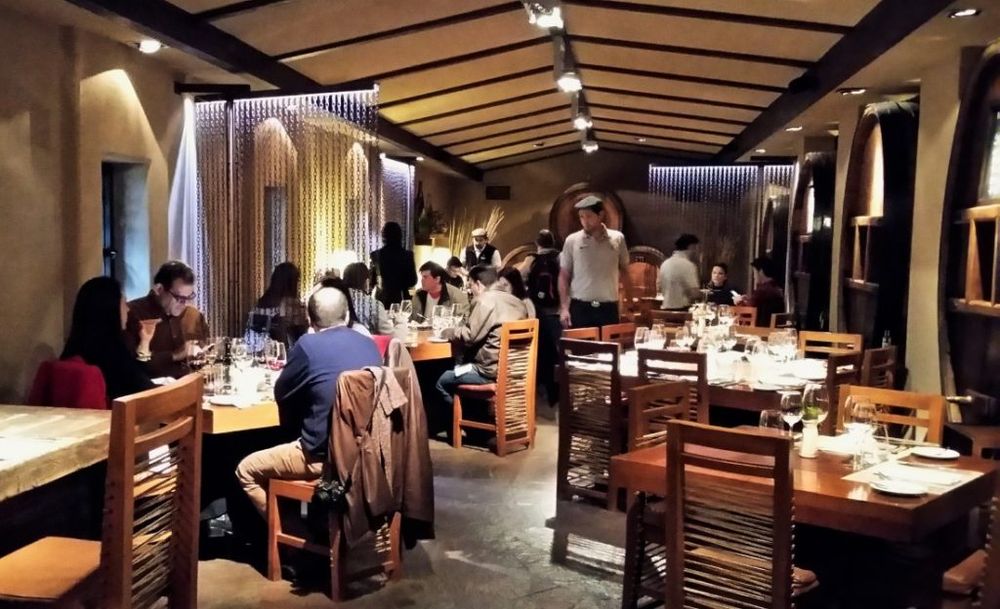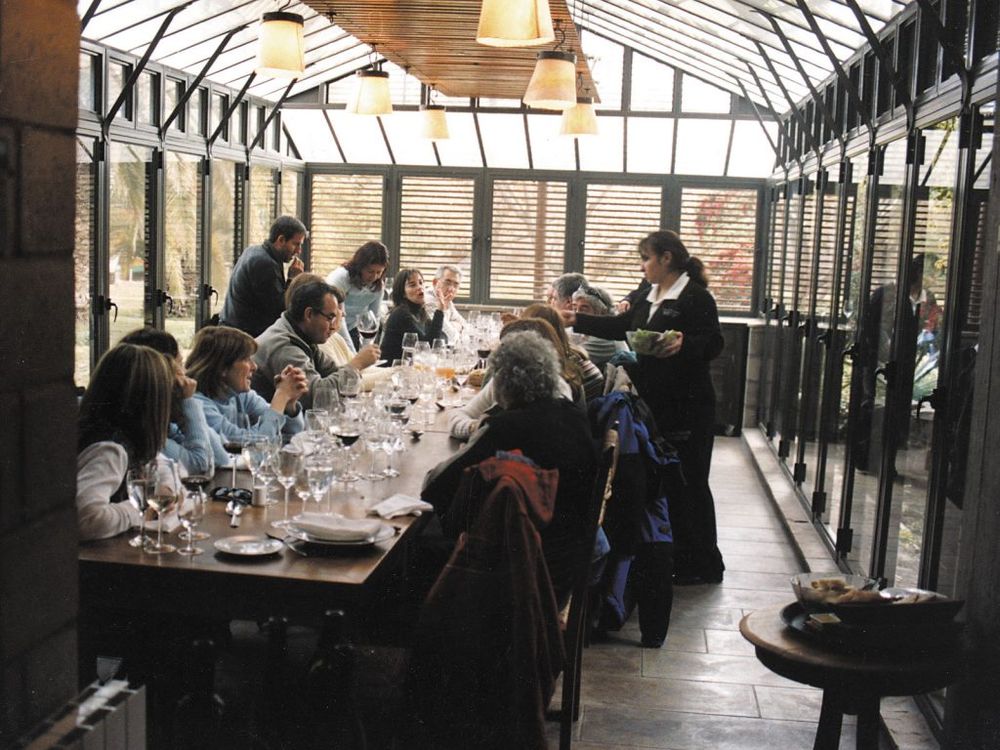Next time you are visiting Argentinian wine producers you have the opportunity to dine out and enjoy top quality food as well as their increasingly exciting wines.
Argentina’s wine industry has changed dramatically within the last two generations of producers. In the 1970s, when the Argentinian economy languished under military dictatorship, consumption of wine was at an astonishing 100 litres per person per year. It’s now nearer 25 litres, but the quality of wine has increased as the industry has become more dependent on exports, led by Malbec. So much so that Pulenta Estate’s winemaker, Javier Lo Forte, calls it Argentina’s “punta de la flecha” – literally translated as its arrowhead.
But it would be a mistake to think Argentina’s recent success on the global stage has all come down to Malbec, for Argentina has a lot more arrows to fire than that.
As Lo Forte explains: “Consumers always want something different, so wineries are always trying something new.” That something new is best illustrated by the number of producers that are willing to experiment with different varieties and new regions, but also in how wineries are now promoting themselves internationally, but also at home in Argentina.
Ten years ago no wineries in Mendoza, Argentina’s dominant wine-producing region, had on-site restaurants. Today, most of the top wineries boast high-end food offerings as a means of promoting their wine. The second winery-restaurant to open in Mendoza was at Bodega Norton, an historic winery dating back to 1895. Initially trialled in 2007 for private events, the restaurant, La Vid, now attracts guests for lunch in its own right, with an extensive à la carte menu, as well as a six-course tasting menu, each course paired with a glass of Norton wine.

Bodega Norton was one of the first to recognise the importance of having a restaurant at the winery
In the last decade, gastronomy in the area has noticeably improved in quality, primarily due to the influx of foreign investment and the involvement of internationally renowned chefs. “There are more resources coming in to these establishments,“ explains Rodrigo Patiño of Norton’s La Vid. “Today, winery restaurants compete with those of five-star hotels,” he says.
Restaurants offer point of difference
Tours and tastings tend to offer similar run-throughs of the winemaking process and the wines. But introduce a restaurant to the offer and you are then able to provide an experience that can be individually exciting and interesting.

Susana Balbo is helping to set standards in winery restaurants as well as with her wines
As well as La Vid at Norton, Susana Balbo’s winery Dominio del Plata also offers set tasting menus with clearly well thought through pairings from across her wine range right up to her top-flight wines. It is also now building a deli at the winery to offer the chance for visitors to take food away with them as well as its wines.
Another major producer, Familia Zuccardi, has two different restaurants, one of which, Casa de la Visitante, has an extensive meat menu paired with their different ranges of wines.
Winery restaurants also give the chance for producers like Zuccardi to highlight and promote local dishes and cuisine. Adding an extra bonus and reason to visit from an increasing number of tourists from its key markets like the US, Canada, Brazil and the UK.
The focus is very much on showcasing the best of Mendoza’s food and ingredients as well as its wines.

Zuccardi’s restaurants are attracting local and foreign visitors and giving a chance to showcase local ingredients
Well priced
Although one might expect to pay more at establishments such as these, it was noticeable how good value the restaurants around Mendoza are, the competition keeping standards high, but prices low. In fact, at Dominio del Plata, wines at the restaurant are around 20% below the retail price – another perk for guests and a reason to go out and visit the winery.
There are, however, areas where wineries could still improve. Opening hours are not always helpful and are designed to mainly provide for a lunchtime crowd, and wine lists tend to only offer that winery’s wines, which whilst understandable can be frustrating.
Some locations are also quite remote and hard for hard to find for tourists. But as Victoria Molina, at Pulenta Estate, says it is important for each of the winery’s to keep looking to raise their own standards and offer something different. “Sometimes, you have good wines and mediocre food, mediocre wines with good food, and there can be some great architecture,” she says. “You can choose whatever you want.”
For all that, the Mendoza food scene is both echoing that of Buenos Aires while promoting the region’s wines. The revival in quality of Argentinian wine has partially halted the decline in domestic consumption, and Argentinians are taking an increasing pride in their country’s wines. In such a food-friendly nation, winery-restaurants can take wine to both locals and visitors from abroad.









































